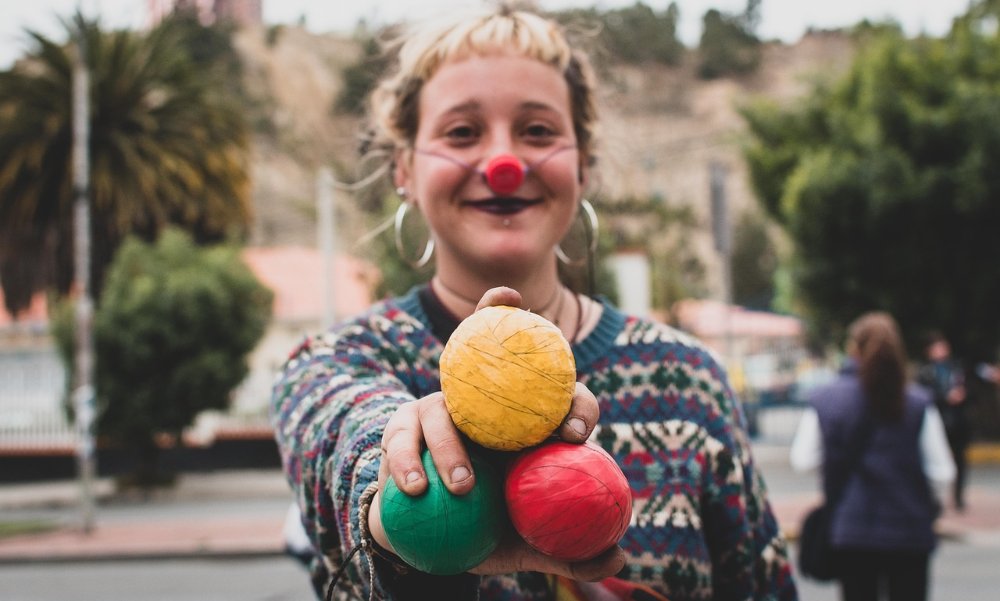[ad_1]

In the wake of 9-11, security experts wanted more data to detect threats to security. In the explosion of data collection that followed, it became obvious that more data created more noise, perversely in some cases making it more difficult to see embedded threats rather than less. More is not always better, and data is meaningful only if a.) you’re measuring the right things, and b.) you know the right questions to ask.
Thus too the difficulty of trying to measure something so unwieldy and subjective as creativity and the arts. What are we measuring? Quality? Impact? Engagement? Each is a subjective measure. Attendance or sales might mean something, but we need to be clear what. So how to measure participation in the arts? Depends on how we define it, particularly as behavior changes. Periodically, the National Endowment for the Arts has undertaken to measure how Americans interact with the arts and whether their participation has gone up or down.
While this was a difficult enough assignment in the days when arts institutions were the main channel for Americans’ engagement with the arts, over the past 25 years the task has become near impossible as the culture first digitized, then fragmented. In concert with the latest participation study, the NEA asked several people to write essays in response to the report, including me. Here’s an excerpt of my argument, followed by a link to the whole piece. It strikes me as extraordinary and admirable that the NEA solicited responses, particularly critical ones:
Over the past 20 years, notions of who is an artist and what is an audience have changed significantly. Pre-internet, the lines were pretty clear about the binary relationship between artist and audience. Artists created and audience consumed. In today’s digital world, the landscape is fluid—we create and express our identities by what we choose to share online. Sharing, or curating what we encounter both online and in the real world, is perceived as a creative act. In the online world, art doesn’t become activated until people decide to “do” something measurable with it (share/like/comment/subscribe). Relationships between audiences and artists have become multidimensional. Sometimes you’re the artist, sometimes you’re the audience, and sometimes, in a shared environment, you’re both. Technology has put creative tools in the hands of billions, and both the amount of content being made and its accessibility have exponentially increased. How to measure this participation?
Popularity has always been an imperfect way of measuring the value of art. Yet pre-internet, popularity—albums or books sold, television or radio ratings, concert or theater ticket sales—was a credible way of counting what resonated in the culture. In that model, sales correlated with popularity because buying physical product or live experience required the consumer to spend something, validating the choice.
In the era of digital reproduction where copying and distribution are essentially free, clicking to watch or listen in an endless stream costs little commitment, and anything that fails to hold attention is quickly banished for the next thing. Value is now arguably detached from popularity. But the measure for successful content has remained attention, even in its devalued state, causing distortions of that value. Incendiary content, for example, demands a response, leading to boosts in producing such content over other, possibly more thoughtful, impactful content.
In an economy where attention has become the primary currency, and where users are incentivized to create their own content to gain followers and feed egos as “influencers,” the sheer amount of content and sharing has exploded. It’s estimated that 328.77 million terabytes of content are uploaded to the internet every day. Spotify reports 120,000 new tracks uploaded to its platform every day. YouTube users upload 3.7 million new videos (271,330 hours) every day.
In contrast to 20th-century popular culture, where mass media television ratings were measured in the mere millions, now hundreds of thousands of videos and music tracks get more than 100 million listeners/viewers, with a growing number exceeding a billion views. But what does it mean, practically, to reach a billion views versus 100 million? What’s the participation measure?
The flood of content easily overwhelms users’ ability to sort through it, and digital platforms have developed algorithms to organize and recommend. Whereas in the early days of the web, content-finding was a search (pull) activity, today it is a receive (push) experience. Some 70 percent of the videos watched on YouTube are chosen by algorithms rather than users having looked for them. Spotify reports that a third of the tracks played from its 100 million-track database are chosen by algorithm. If I didn’t choose what I saw or heard, am I still participating in it?
Read the rest here.
Related
[ad_2]
Source link

